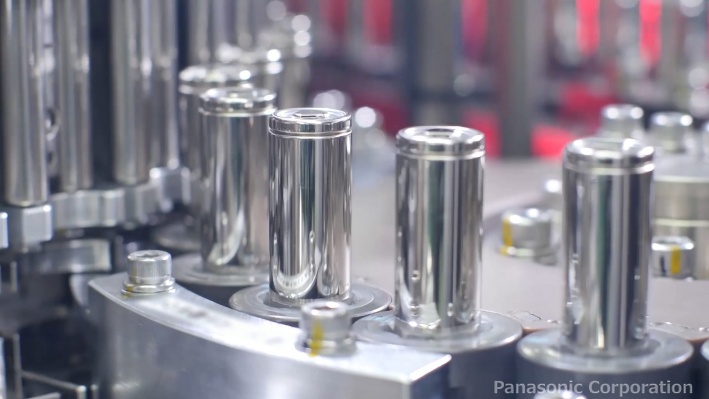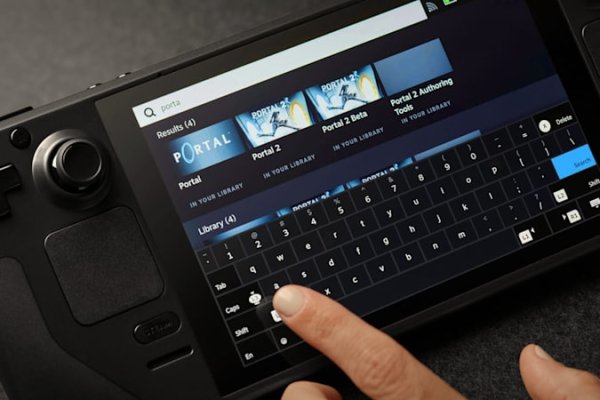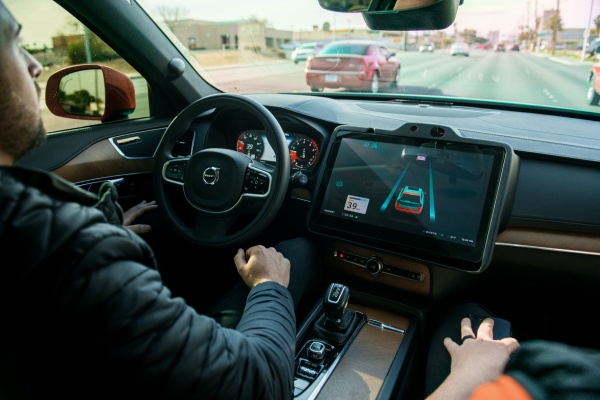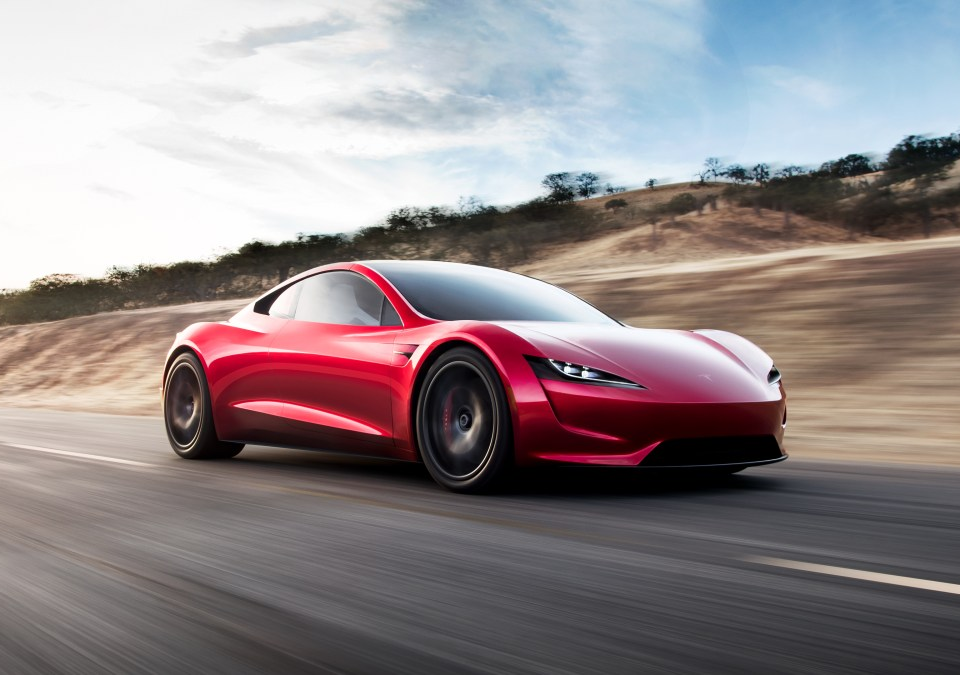
Panasonic’s higher-capacity Tesla battery could enter production in 2023
January 25, 2022
Valve’s Steam Deck will go on sale February 25
January 27, 2022
Not a single advanced driver assistance system offered in today’s new vehicles would meet pending safety criteria being developed by the Insurance Institute for Highway Safety, according to the organization.
The nonprofit that is funded by auto insurance companies said Thursday that its new rating program will evaluate the safeguards that vehicles with “partial automation” use to help drivers stay focused on the road.
IIHS will give systems good, acceptable, marginal or poor ratings. The first set of ratings is expected to be issued in 2022, IIHS said, though it did not give a specific date because ongoing supply chain issues have made it more difficult to obtain vehicles for testing.
“Partial automation systems may make long drives seem like less of a burden, but there is no evidence that they make driving safer,” IIHS President David Harkey said in a statement. “In fact, the opposite may be the case if systems lack adequate safeguards.”
To earn a “good” rating, vehicles will have to have a driver monitoring system that ensures a driver’s eyes are directed at the road and that their hands are either on the wheel or ready to grab at all times, the organization said. These advanced driver assistance systems must also be equipped with alerts that escalate and emergency procedures if a driver continues to ignore them.
The new IIHS ratings will not address other functional aspects of the systems that could also potentially contribute to crashes, such as how well their cameras or radar sensors identify obstacles.
Automakers are offering increasingly advanced driver assistance systems with an array of “partial automation” features. The most common is a feature that combines adaptive cruise control, which maintains a driver-selected speed and automatically slows to maintain a selected following distance, with lane centering that continuously adjusts the steering to help the driver keep the vehicle in the middle of the travel lane. Automated lane changing is also becoming more common, IIHS noted.
IIHS’ move to rate automated driving systems follows a regulatory and consumer advocacy trend to keep automakers in check. Consumer Reports has said it will begin awarding points for partially automated driving systems with adequate driver monitoring systems. CR will also factor in IIHS safeguard ratings once they are available.
Consumer Reports said that its 2022 autos Top Picks, which will be announced on February 17, will include evaluations of driver monitoring systems. CR will add two points to a vehicle’s overall score if it features a system that encourages safe driving as part of the model’s active driving assistance package.
CR said only Ford’s BlueCruise and GM’s Super Cruise systems will earn these additional points.
CR said in 2024 it will start docking two points from the overall score if the new vehicle lacks adequate driver monitoring. That will increase to a loss of four points starting with 2026 models.
IIHS noted that while most partial automation systems have some safeguards in place, none of them meets all of the organization’s pending criteria. This can lead to drivers intentionally or unintentionally pushing the system well beyond its safe operation.
“The way many of these systems operate gives people the impression that they’re capable of doing more than they really are,” said IIHS research scientist Alexandra Mueller, who is spearheading the new ratings program. “But even when drivers understand the limitations of partial automation, their minds can still wander. As humans, it’s harder for us to remain vigilant when we’re watching and waiting for a problem to occur than it is when we’re doing all the driving ourselves.”
There are no so-called self-driving cars available to consumers, but that hasn’t stopped automakers from branding their systems in a way that causes confusion or overstates the system’s capabilities.
Tesla has been widely criticized for the branding of its Autopilot advanced driver assistance system that comes standard in its vehicles and the upgraded FSD (full self-driving) beta software package that costs $12,000. But other automakers have also oversold the capabilities of their systems in marketing campaigns.



